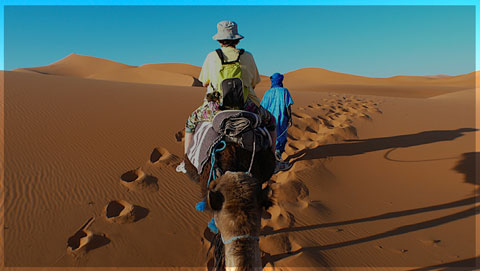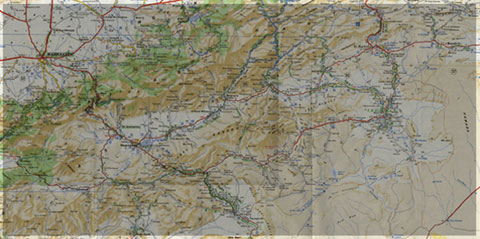Recherchez sur le site !
Recherche avancée / SpécifiqueCatégories publications
+ Sciences De La Terre - Archéologie - Astronomie - Spéléologie - Ecologie - Pédologie - Volcanologie - L'hydrogéologie - Géomorphologie - Minéralogie - Pétrologie - Paléontologie - Géologie + Climatologie - Réchouffement climatique - Changement climatique + Plantes - Plantes Aromatiques - Plantes médicinales + Zoologie - Faunes + Botanique - Flors + Sciences humaines - Géo Eco Tourisme - L’anthropologie - L'Histoire - Démographie - Sociologie - Géographie - Patrimoine culturel
Géo éco tourisme inclusif

Géoparc et Recherche Scientifique
Le coins de l’étudiant



Blog Géoparc Jbel Bani
GEO-ECOTOURISM STRATEGY SUGGESTED TO LAKHSSASS KARSTIC UNDERGROUND DEVICE (WESTARN ANTI-ATLAS, MOROCCO)
Par WANAIM Abderrahmane*, BELFOUL Alaeddine, BOUZID Sophia & FAIK Farid
GESCAT Laboratory, Faculty of Science ; Ibn Zohr University, Po Box: 8106, Dakhla post office, Agadir 80000, Morocco. *E-mail : a.wanaim@uiz.ac.ma
Keywords : western Anti-Atlas, Lakhssas, Underground water, Speleothems, Geo-ecotourism.
ABSTRACT. The karstic device of Lakhssass (western Anti-Atlas, Morocco) is well developped in terms of underground network offering several kinds of speleothems.
The main rock of the karstic device is of Cambrian blue limestones tilted and uplifted during the hercynian orogeny and squezed between two main inliers: Kerdous to the east and Ifni to the west.
The underground network is deeply controlled by the tectonic architecture and leads to a various type of karstic structures where caves, wholes and lapiaz prevail. Speleothems are of many shapes, stalactites, stalagmites, straws and others.
The Lakhssass karstic device is crossed by a main road linking Agadir to the south through Tiznit and Bouizakarn. It belongs to Sidi Ifni district and it is daily crossed by a many tourists avaricious of the wide southern moroccan desert.
The purpose of this contribution is to highlight the local touristic potentiality and to focus on the best way to attract visitors to spend some time in this area then to promote the human sustainable developing. This aim is planned to be concretized through an ecogeotouristic strategy based on the underground stuff. This kind of tourism that concerns the backcountry side is well encouraged by the WTO.
The project will be sustainable by promoting both of exo and endokarstic infrastructures. It is presented in all its components including autochthonous receptions, the equipment of some caves secured access. VTT and pedestal tracks in addition of sky astronomic observations are also taking in account.
This strategy is deeply concerned by the respect of the environment and cannot allowed any coverage or site destructions.
Source web par : WANAIM Abderrahmane, BELFOUL Alaeddine, BOUZID Sophia & FAIK Farid
Les tags en relation
Dictionnaire scientifique
Plus de 123.000 mots scientifiques
Les publications
Géo parc Jbel Bani

Circuits & excursions touristiques

cartothéques


Photothéques
Publications & éditions




